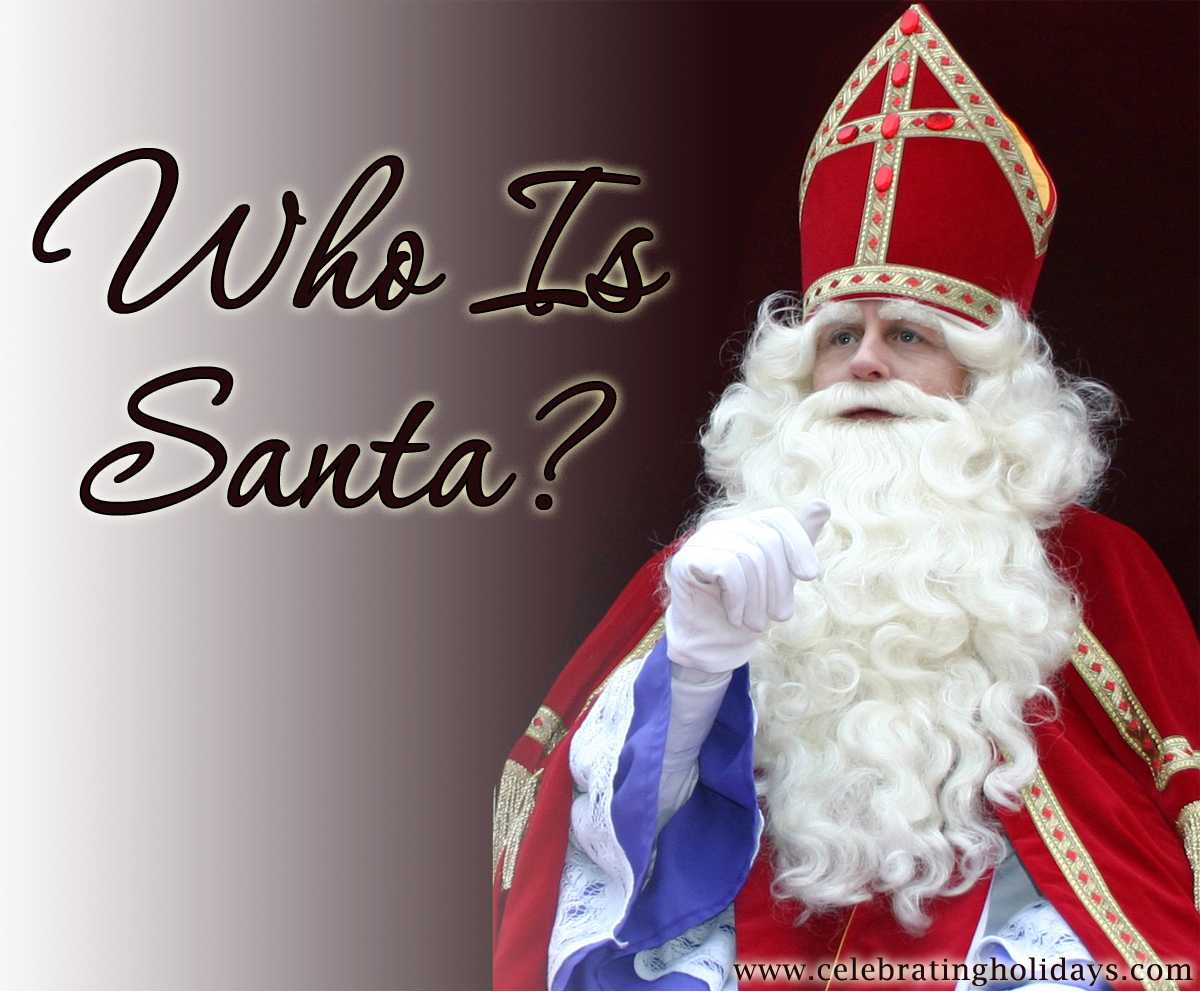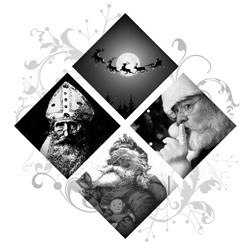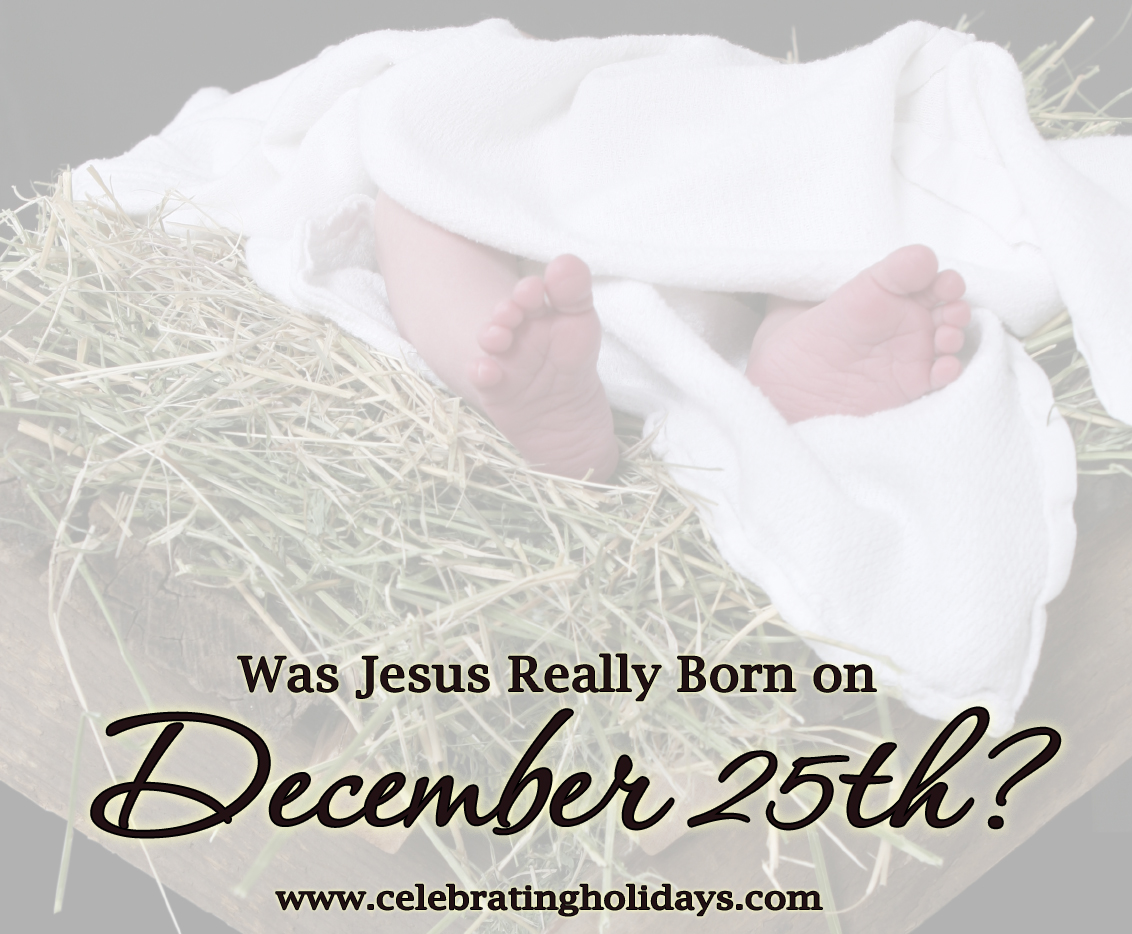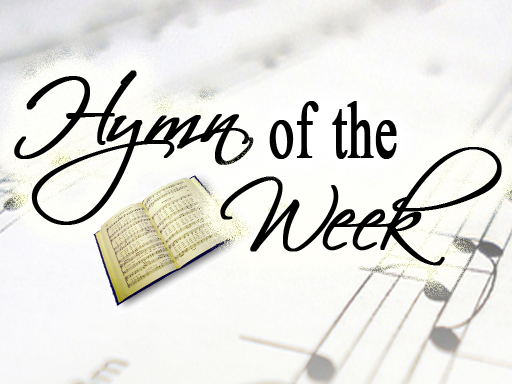Who Is Santa?And What Does He Have to Do with Christmas?
This article was published by Crosswalk.com in December 2011.

For many Christians, Santa Claus is nothing but a secular distraction to the celebration of one of the greatest events in human history – the birth of Jesus Christ. But try as we might to disassociate Santa from Christmas, he is hard to ignore. His image is everywhere. So when the kids inevitably ask, “Who is Santa?” what do we say? As with any question from our children, we can use it as a teaching opportunity.
In this first part of a two-part article, I will share some of the interesting history I found about the identity of Santa Claus. Part two will take a look at what we can “do” with Santa in regard to our family celebrations.
The name Santa Claus is the English form of the Dutch name for St. Nicholas: Sinterklaas. Though the modern Santa Claus is associated with a world of fantasy, the historical St. Nicholas was a godly man known for his charity and generosity.
Nicholas was born in the 3rd century to wealthy Christian parents in Patara (a harbor city in modern day Turkey). It is probable that Nicholas and his parents could trace their spiritual heritage to the Apostle Paul, who stopped in Patara on his third missionary journey 200 years earlier.
It is said that Nicholas’ parents were devout believers who had long prayed for a child. When Nicholas was finally born, they devoted him to God. As an only child, he was raised with great affection and special attention. However, when Nicholas was still a young boy (likely a teenager), a plague struck his city, and both of his parents died. Though a loss like this might turn some away from God, it seems to have drawn Nicholas closer to him. The loss of his parents also seems to have made the boy’s heart tender to the suffering of others.
Nicholas was left with a large inheritance and decided that he would use it to honor God. He developed such a good reputation in his region that he was chosen as Archbishop of Myra (a harbor city just south and east of Patara) when he was in his early 20s, an indication that he must have demonstrated wisdom and maturity beyond his years.
During his service as Archbishop, a violent persecution of Christians began. Nicholas was almost certainly imprisoned during this time and was likely tortured for his faith. The persecution that began during the reign of the Roman Emperor Diocletian was carried on by his successor, Galerius, for a total of eight long years.
Interestingly, following Emperor Galerius, Constantine, the first Christian emperor, became the undisputed leader of the West. By 324 A.D., Constantine claimed leadership of the entire empire and declared Christianity a legal religion. Once persecution ended and Christians gained new religious freedom, they started to face new challenges. Serious disagreements regarding doctrine began to erupt. Constantine recognized the need for unity among Christians, so in 325 A.D. he summoned bishops from all over the empire to meet in Nicea and discuss critical doctrinal issues. Nicholas of Myra is listed among the bishops in attendance at this meeting. Little could Nicholas have known that his name would one day be more recognized than any other in attendance at this council that developed the famous Nicene Creed.
There are a wealth of stories about Nicholas’ life — many of them emphasize his kindness and generosity. After his death on December 6, a tradition of gift giving was begun in his honor.
St. Nicholas Day is still observed on December 6 in many countries, but in others, America included, the practices associated with the day were combined with Christmas. It seemed natural to many Christians that a holiday celebrating giving would merge with the birth of Christ, the greatest gift ever given to the world. However, the merger happened to the dismay of many Christian leaders who thought that St. Nicholas started to draw too much attention away from Christ. In Germany, parents were encouraged to teach their children that the Christ Child was the gift-giver. The name Kriss Kringle is the English form of the German name for “Christ Child.” Ironically, in America the name Kriss Kringle came to be used synonymously with St. Nicholas, St. Nick, Santa Claus and even the English name Father Christmas.
In Middle Age art, St. Nicholas was typically depicted as a tall, thin, bearded cleric. So how did he evolve into the Santa that we know today in America? Santa’s white beard and red suit are actually quite similar to the bishop’s vestments worn by the Dutch Sinterklaas. But the “chubby and plump” appearance of America’s Santa Claus is generally traced to the 19th century poem “’Twas The Night Before Christmas” – an attempt to create a more friendly image of Santa and assure children that they had (in the words of the poem) “nothing to dread.”
Though the modern Santa Claus has devolved into a secularized figure surrounded by fantasy, his image can serve to help us remember the real St. Nicholas, a man who devoted his life to serving God and inspiring others to do the same. The purpose of all saints (all Christians) is to bring glory to God, not to detract from him.
At Christmas, we celebrate that God himself came in bodily form, in real flesh and blood, to earth. However, after he ascended to heaven (and his physical body was no longer present on earth), Jesus entrusted believers to be his “body” (1 Corinthians 12:27). By all accounts, St. Nicholas lived a life that helped others to see Christ. How can we follow his example and help others to see Christ in us (in real flesh and blood) this Christmas?
See Part II of this article: What to Do With Santa Claus?
This page was created by:

Back to main Christmas Articles page.
We welcome your ideas! If you have suggestions on how to improve this page, please contact us.
The content in this article is drawn from (1) Wheeler, Joe and Rosenthal, Jim, St. Nicholas: A Closer Look at Christmas. Thomas Nelson, © 2005 and (2) Mosteller, Angie, Christmas, Celebrating the Christian History of Classic Symbols, Songs and Stories, © 2010 (our featured Christmas Book). You may freely use this content if you cite the source and/or link back to this page.






